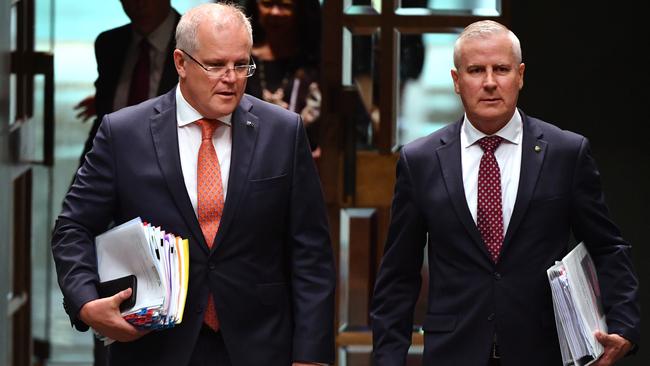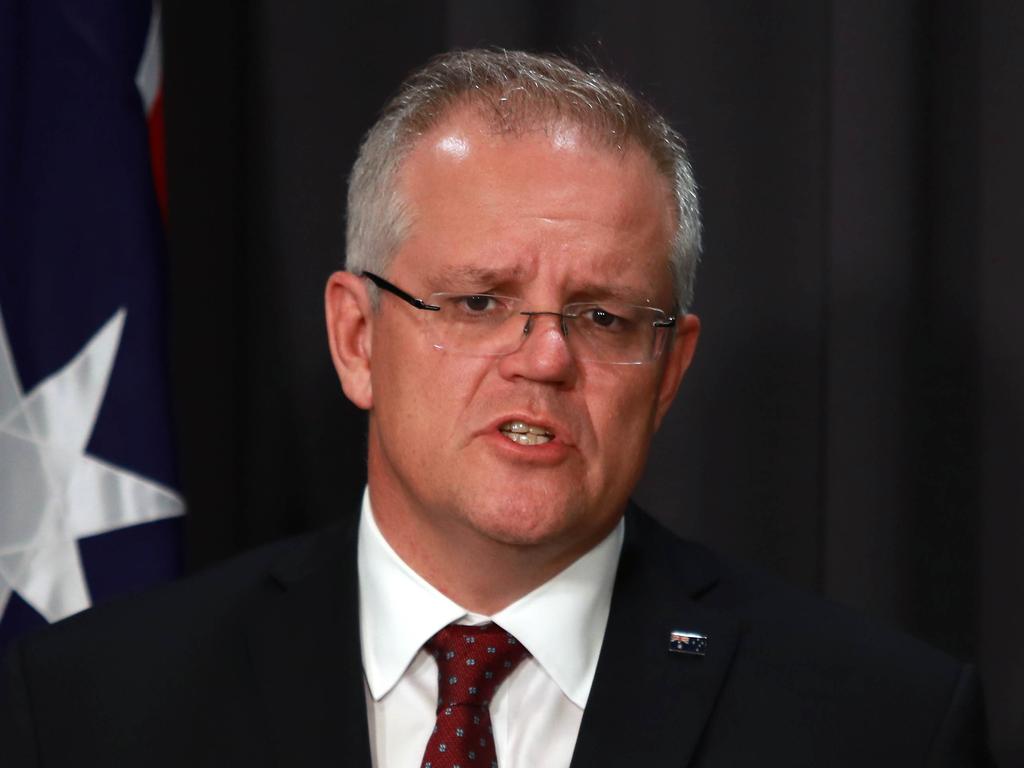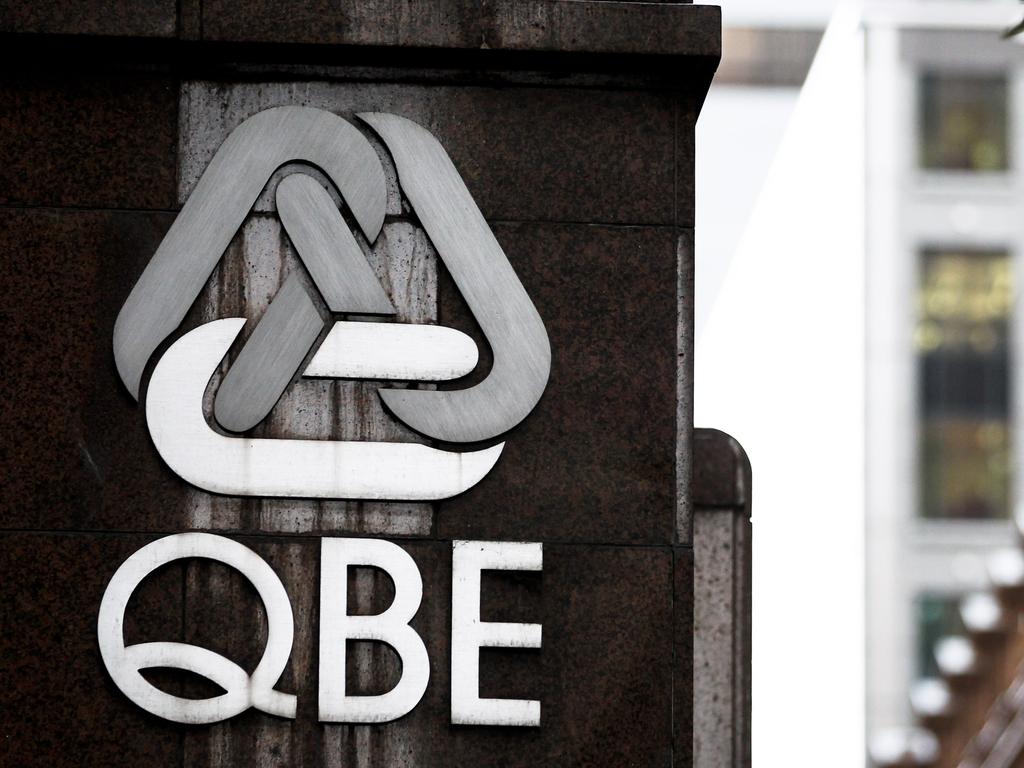
The business community has escalated its demand for net zero carbon emissions by 2050 but the National Party rules out any such leap for the Morrison government.
The logic of the huge 2050 transition is a carbon price. The Business Council of Australia 2020 Scoping Paper supports “a market-based carbon price” as the best mechanism — but the Prime Minister would sign his political death warrant by going for a carbon price.
Yet the pressure is building on Morrison from both sides. The corporate and investment community rejects Morrison’s latest stance that he will commit to the 2050 target only if it does not adversely hurt power prices or jobs or the regions.
Corporate Australia now says: set the target first and then work out how to meet it. Without this, it asserts, the investment in new technology will not materialise and Australia will be stranded.
Yet both factions within the Nationals repudiate the 2050 target, with leader Michael McCormack saying it is “not the Australian way” and former minister Matt Canavan branding the target as “fantastical” and an effort to “hoodwink” the public.
There are two realities. First, the 2050 transition is so substantial there is no credible way Morrison can satisfy the test on jobs and prices he has set for himself — the structural and pricing changes will be immense. Second, any such policy shift would threaten the Coalition and unleash a populist backlash across the regions, igniting electoral chaos on the right.
The scale of the transition is alluded to in the BCA paper which estimates, based on the European experience, that the annual investment to deliver net-zero emissions for Australia is at least $22bn each year to 2050 (compared with Snowy 2.0 hydro estimating a spend of $5bn over five years).
For Morrison, switching to the 2050 target would constitute a betrayal of the climate change position on which he won the 2019 election.
The Morrison government now reaps the legacy of failing to deliver an investment policy after the 2018 demise of the Turnbull-Frydenberg national energy guarantee.
Corporate Australia is now flexing its muscles. The alliance of forces pledged to zero net carbon by 2050 spans corporates, finance, the states and most of progressive politics.
The Labor Party is likely to embrace this position. British Prime Minister Boris Johnson will spearhead a global sign-up at the Glasgow conference later this year. It looks like an irresistible collection of forces.
The reality, however, as the UN keeps highlighting, is that most governments signed up have no credible plan to achieve the 2050 goal. This is about targets first, then sorting out what the target means. BCA chief Jennifer Westacott says how to meet the 2050 target is even more important than the target itself. Morrison is saying he won’t make a commitment when its consequences are not grasped by the public.
By taking the lead, ahead of Labor, the Liberals and Nationals, the BCA, along with other business groups, hopes to facilitate a bipartisan net-zero emissions target. It is working on a report on how to achieve this, to be released by May.
The 2050 advocates have a powerful wind in their sails — the idea of Australia as a renewable energy superpower as advanced by Ross Garnaut. But it is a fantasy to think there will be wide or bipartisan agreement on how to reach any 2050 target.
The BCA has had the net-zero target for some time but is acting on that commitment. That necessitates a viable trajectory out to 2050, winning the new investment essential for emission reductions, protecting the regions but holding back the guaranteed progressive campaign to shut down coal prematurely, a daunting list.
Meanwhile the government will conduct its own inquiry. This is the inquiry on which Morrison will rely to honour his constantly repeated pledges that he backs jobs, supports the regions and won’t tolerate power price increases in making any decision about the 2050 targets.
As for McCormack, he will find it difficult to walk back from the stand he took in his ABC Insiders interview at the weekend. McCormack said the Collinsville coal plant should “go ahead” if it ticked the boxes. He said the 2050 target would “send factories and industries offshore” as well as “send manufacturing jobs offshore”. McCormack said regional Australia was “more than doing its fair share” to lower emissions. He sent an ominous signal saying: “The IPCC (Intergovernment Panel on Climate Change) is not governing Australia. The Liberals and Nationals are.” But are they?
This is a brutal test of investment and moral power weighing on Morrison and McCormack.






Scott Morrison is caught between an immovable object and an irresistible force.